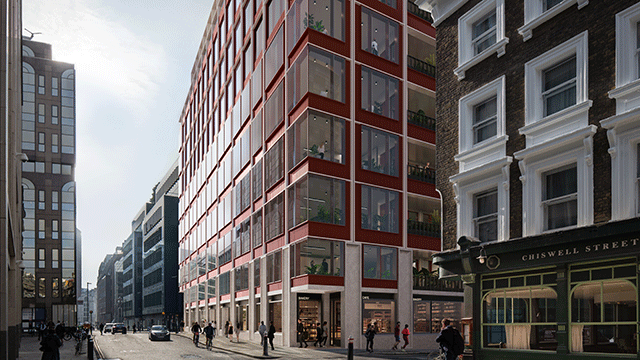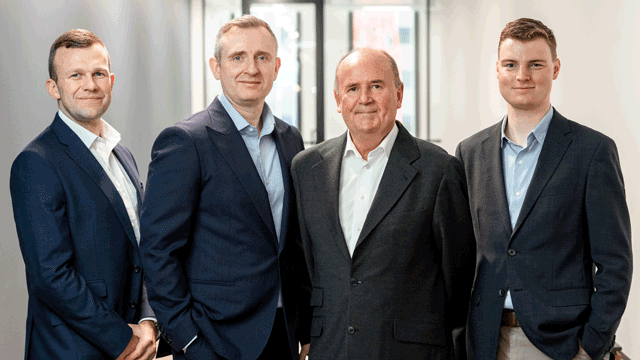EDITOR’S COMMENT If you’re an avid listener to the EG Like Sunday Morning podcast or have accidentally followed me on Twitter or Instagram, you’ll know that I have a little bit of a thing for Lego.
I am mildly obsessed with the company – and its builds. And if I didn’t already have the world’s greatest job, I would definitely want to work at Lego, ideally designing new things to build, but doing anything really.
This week my fandom of all things Lego grew even stronger as I found myself delving through pay gap figures, poring through real estate submissions and being distracted when other company names appeared.
Lego was obviously one of those distractions.
When it comes to responsible business, Patagonia is almost always highlighted as the go-to. The firm that all others should try to mimic in some way. Most business leaders will have read, or at least have on their bookshelf, Yvon Chouinard’s Let My People Go Surfing, and I would guess that at least 80% of real estate’s professional population own a Patagonia gilet – I’m pretty sure I’ve seen that figure borne out at MIPIM over recent years.
But I’m going to suggest that real estate looks instead to Lego. This is, after all, a company based in construction, a company that builds things and that understands, in the words of Whitney Houston, that children are our future and that if we teach them well, they will lead the way.
I’m digressing slightly so let’s go back to those pay gap reports. This week, we took a deep dive into real estate’s figures. Year-on-year, the sector’s movement towards closing the gap has improved. Not enough, of course, but it has nudged in the right direction. And – while I know I sometimes fall victim to optimism bias – I do truly believe that many in this sector are working really hard for those little nudges.
As you will read in the piece, firms are introducing policies, providing support and investing significant resources to change their demographic make-up. But with an average gender pay gap across the 12 major agents we analysed of 29%, and of 23.7% among the eight property-owning firms investigated, progress will take time.
However, it can be done. And this is where real estate should look to Lego.
Lego has a mean gender pay gap of just 0.5%. The gap is so small because the firm is close to achieving gender parity across every level of its business. In its upper quartile of earners some 47% are female, in the mid-earning bracket women make up 55.5% of the workforce, while in the lower quartile females represent 51% of Lego’s employees. In real estate, women make up less than 30% of the upper quartile and almost 60% of the lower quartile.
Lego credits its figures to its inclusive working environment, focus on equitable working practices and reward processes, and a clear focus on its purpose. It knows that it can’t deliver on that if it hasn’t got a workforce – across all levels of the business – that buys into that purpose and reflects the marketplace it wants to serve.
A few weeks ago, I suggested that real estate leaders read the Casey review of the Met Police to understand where some of the failings there could also apply to our industry. I used this page to ask you to hold the mirror up and start purposely correcting bad behaviours.
Today, I say look to Lego. Look to Lego for clues as to how to build a company with purpose, that delivers profit and builds a better future for the customers it serves.
“Constantly innovating, never compromising. Building, rebuilding and striving for the best.” That is the Lego promise. And just as I said those few weeks ago that there were places in that Casey report where the Met could be replaced with property, couldn’t we now also look to Lego and utilise its promise for real estate?
Constantly innovating, never compromising. Building, rebuilding and striving for the best.
To send feedback, e-mail samantha.mcclary@eg.co.uk or tweet @samanthamcclary or @EGPropertyNews











